Are you tired of battling with stubborn grease and grime in your household? Look no further! In this ultimate guide, you’ll find all the tips and tricks you need to tackle those tough stains and have your space looking as good as new. Grease and grime may seem daunting, but with the right knowledge and tools, you’ll conquer them in no time.
In this article, you’ll discover various effective methods to remove grease and grime from different surfaces such as countertops, stovetops, and appliances. You’ll learn about the power of natural ingredients and how to make your own cleaning solutions that are both affordable and eco-friendly. Additionally, we’ll discuss the importance of proper maintenance to prevent the buildup of grease and grime in the future. So, if you’re ready to say goodbye to those pesky stains, keep reading to learn more about the ultimate guide to tackling grease and grime!
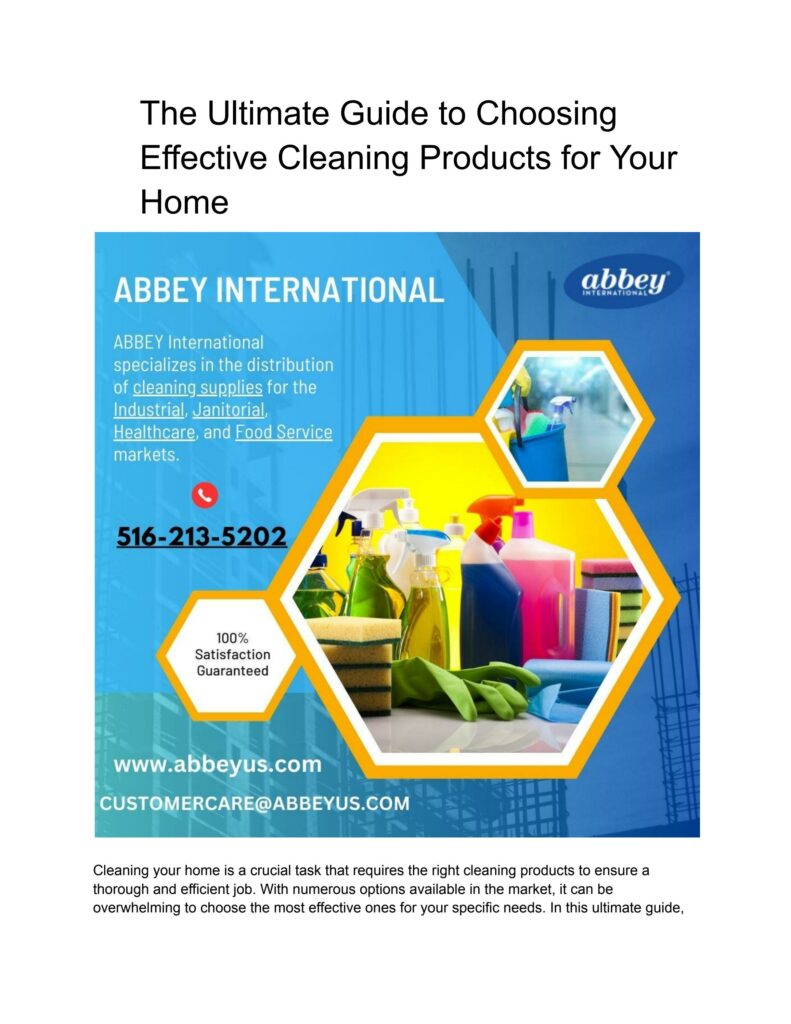
This image is property of image.isu.pub.
Understanding Grease and Grime
What is grease?
Grease is a sticky, oily substance that is commonly found in kitchens and industrial settings. It is often a byproduct of cooking, especially when using oil or fat. Grease can accumulate on surfaces such as countertops, stovetops, and kitchen appliances. It is challenging to remove and can leave behind a stubborn residue if not properly addressed.
What is grime?
Grime is a general term used to describe dirt, filth, and accumulated residue. It can be composed of various substances, including dust, food particles, body oils, and other organic materials. Grime can accumulate on surfaces over time and can be particularly problematic in high-traffic areas such as bathrooms and outdoor spaces.
The Impact of Grease and Grime
Damage to surfaces
One of the most significant impacts of grease and grime is the damage they can cause to surfaces. When grease is not promptly cleaned, it can seep into porous materials such as wood and cause staining and discoloration. Grime, on the other hand, can build up over time and create an unsightly layer that is difficult to remove. Both grease and grime can deteriorate the appearance and longevity of surfaces if left untreated.
Health hazards
In addition to surface damage, grease and grime can also present health hazards. Grease on kitchen surfaces, for example, can become a breeding ground for bacteria. This can lead to food contamination and increase the risk of foodborne illnesses. Grime in bathrooms can harbor mold and mildew, which can trigger allergies and respiratory problems. It is essential to tackle grease and grime to maintain a clean and healthy environment.
Identifying Common Grease and Grime Areas
Kitchen surfaces
The kitchen is notorious for accumulating grease and grime. Countertops, stovetops, range hoods, and oven vents are all common areas where grease can accumulate. It is crucial to regularly clean these surfaces to prevent the build-up of grease and maintain a sanitary cooking space.
Bathroom fixtures
Bathrooms are another area prone to grime buildup. Sinks, faucets, showers, and toilets can all accumulate dirt, soap scum, and body oils over time. Regular cleaning with appropriate products is necessary to keep these surfaces clean and free from grime.
Outdoor areas
Outdoor spaces such as patios, decks, and exterior walls can also become victims of grease and grime. Barbecue grills, outdoor furniture, and even garden structures can be covered in grease from cooking or exposure to the elements. Regular cleaning and maintenance are essential to keep these areas looking their best and to prevent long-term damage.
Preventive Measures to Reduce Grease and Grime
Regular cleaning routines
Establishing regular cleaning routines is one of the most effective preventive measures against grease and grime. Regularly wiping down surfaces after cooking, using appropriate cleaning products, and following recommended cleaning procedures can significantly reduce the chance of grease and grime build-up.
Using protective barriers
Another preventive measure is the use of protective barriers. For example, placing a splatter guard on stovetops can prevent grease from splattering onto surrounding surfaces. Using mats or rugs in high-traffic areas can also trap dirt and grime before it accumulates on floors. These barriers can reduce the amount of cleaning required and help maintain surfaces in the long run.
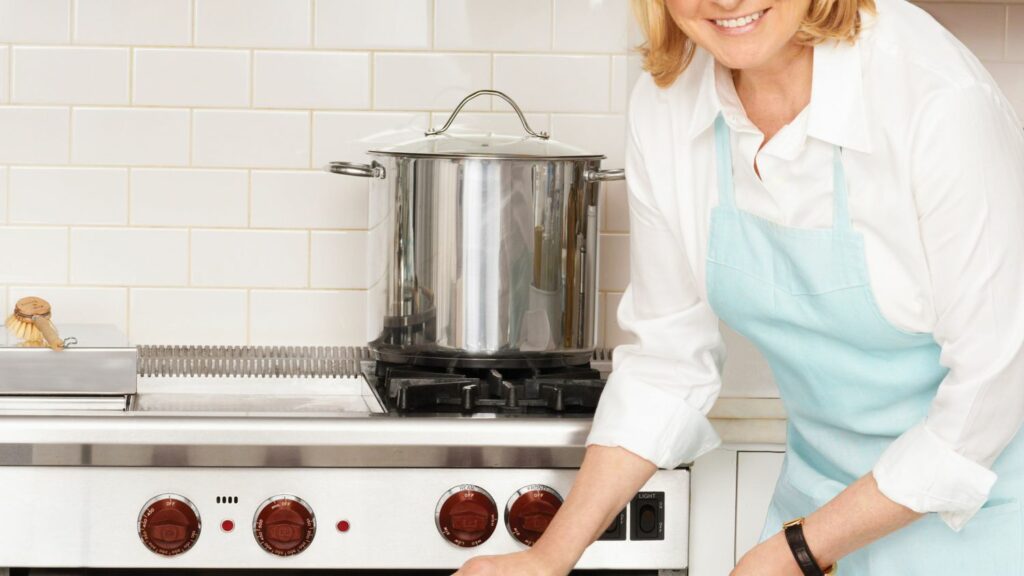
This image is property of www.marthastewart.com.
Choosing the Right Products for Cleaning Grease and Grime
Degreasers and solvents
When it comes to tackling grease, degreasers and solvents are often the go-to solutions. These products are specifically designed to break down grease and make it easier to remove. They are typically applied, left to penetrate the grease, and then wiped clean. Degreasers and solvents come in various forms, including sprays, liquids, and wipes, making them versatile for different surfaces and applications.
Eco-friendly options
For those concerned about the environmental impact of cleaning products, eco-friendly options are available. Many companies now offer biodegradable and non-toxic alternatives that are just as effective at tackling grease and grime. These products are often made from natural ingredients such as citrus extracts and essential oils. They provide a greener alternative without compromising on cleaning power.
Safe and Effective Techniques for Grease and Grime Removal
Scrubbing with brushes
When dealing with stubborn grease and grime, a good old-fashioned scrubbing with a brush can do wonders. Brushes with stiff bristles are particularly effective at agitating and loosening the dirt. It is essential to match the brush to the surface being cleaned to avoid scratching or damaging delicate materials.
Steam cleaning
For a more thorough and efficient approach to grease and grime removal, steam cleaning is highly recommended. Steam cleaners use hot water vapor to break down and lift away grease and grime without the need for harsh chemicals. They are particularly useful for cleaning tile surfaces, stovetops, and bathroom fixtures. With multiple attachments and adjustable settings, steam cleaners offer versatility for different cleaning tasks.
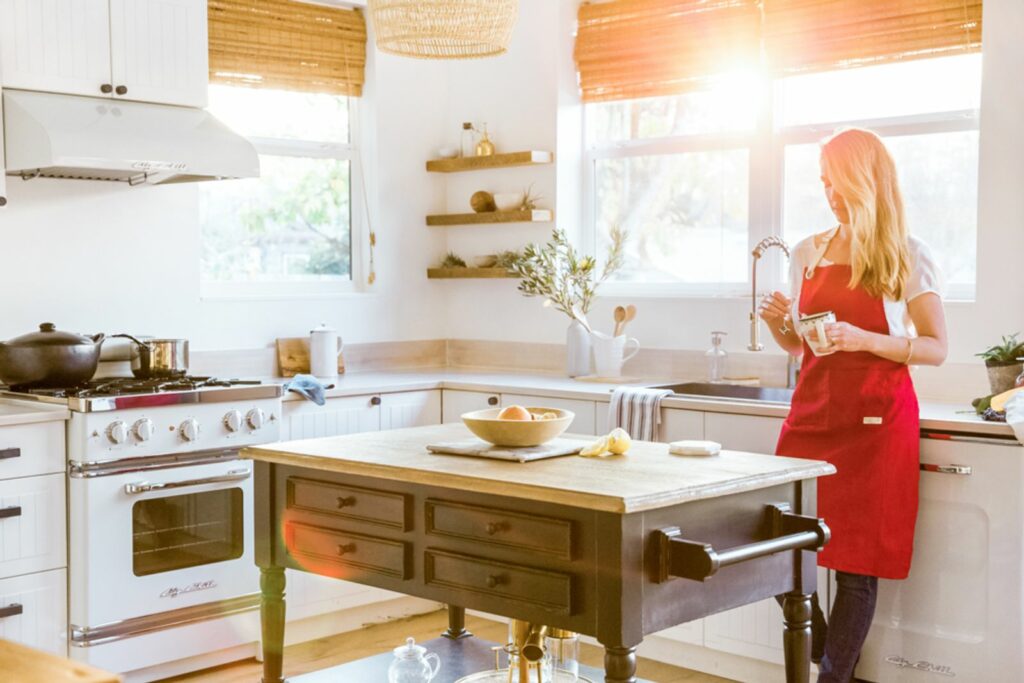
This image is property of images.ctfassets.net.
Customized Strategies for Different Surfaces
Wood surfaces
Wood surfaces require special care when it comes to grease and grime removal. Abrasive cleaners can damage the finish and cause discoloration. Instead, use a mild soap or dish detergent diluted in warm water. Gently scrub the surface with a soft cloth or sponge, working in the direction of the wood grain. Rinse thoroughly and dry immediately to prevent any moisture damage.
Metal surfaces
Metal surfaces can be prone to grease and grime, especially in the kitchen. To tackle grease, use a degreaser specifically designed for metal surfaces. Apply the degreaser, allowing it to sit for a few minutes before wiping away the grease with a clean cloth or sponge. Polish the metal surface with a metal cleaner or a mixture of vinegar and water for a streak-free shine.
Tile surfaces
Tile surfaces, especially in bathrooms and kitchens, can accumulate grime over time. A mixture of equal parts vinegar and water can be an effective and eco-friendly solution for grime removal on tiles. Apply the mixture to the tiles and scrub with a brush or sponge. Rinse thoroughly with clean water and dry the tiles to prevent streaks or water spots.
Maintaining Cleanliness in Hard-to-Reach Areas
Corners and crevices
Despite regular cleaning routines, corners and crevices can be easily overlooked and become a haven for grease and grime accumulation. Using small brushes or cotton swabs dipped in cleaning solution, carefully clean these hard-to-reach areas. Wipe away any loosened dirt with a clean cloth or sponge. Regularly inspect these areas to ensure they remain clean and tidy.
Vents and ducts
Vents and ducts are often forgotten when it comes to regular cleaning. However, they can harbor an astonishing amount of grease and grime, particularly in kitchen exhaust hoods. To tackle vent grime, remove the vent covers and wash them in warm, soapy water. Use a brush or vacuum cleaner attachment to remove any dirt inside the vents. Ensure that the ductwork is inspected and cleaned periodically to maintain proper airflow and prevent grease buildup.
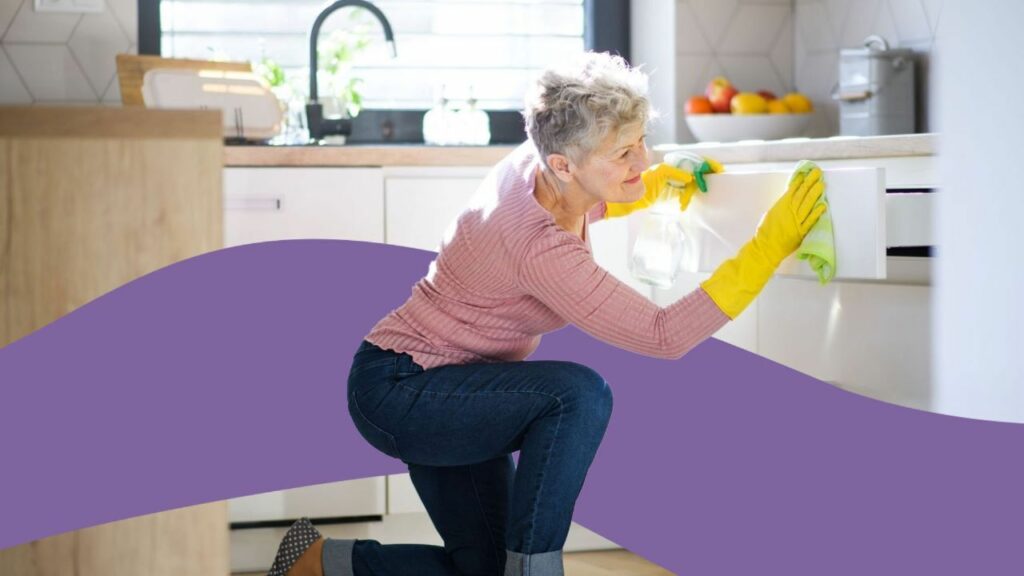
This image is property of queendomcleaning.com.
Dealing with Stubborn Stains and Build-up
Oil stains
Oil stains can be particularly stubborn to remove, especially from porous surfaces such as concrete or wood. For fresh stains, absorb as much oil as possible with paper towels or cat litter. Apply a grease-fighting dish detergent or a degreaser directly to the stain, allowing it to sit for a few minutes. Scrub the stain with a brush or sponge, and rinse thoroughly with water. For older or set-in stains, a poultice made from baking soda and water can help draw out the oil before cleaning.
Soap scum
Soap scum is a common annoyance in bathrooms, and it can be challenging to remove. To tackle soap scum, spray the affected areas with a mixture of equal parts vinegar and water. Let the solution sit for a few minutes to break down the scum, then scrub the area with a brush or sponge. Rinse thoroughly with water and wipe dry. For stubborn soap scum buildup, a commercial tile and bathroom cleaner or a paste made from baking soda and water can provide extra cleaning power.
Conclusion
Taking the time to understand and address grease and grime is essential for maintaining clean and healthy living spaces. By following the ultimate guide to tackling grease and grime, you can effectively prevent surface damage, reduce health hazards, and keep your home or business looking its best. With the right preventive measures, cleaning products, and techniques, you can successfully tackle grease and grime on various surfaces and maintain a clean and inviting environment for years to come.
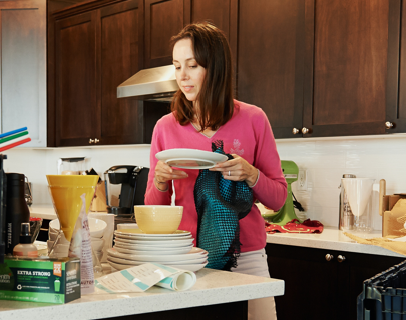
This image is property of www.pristinehome.com.au.
